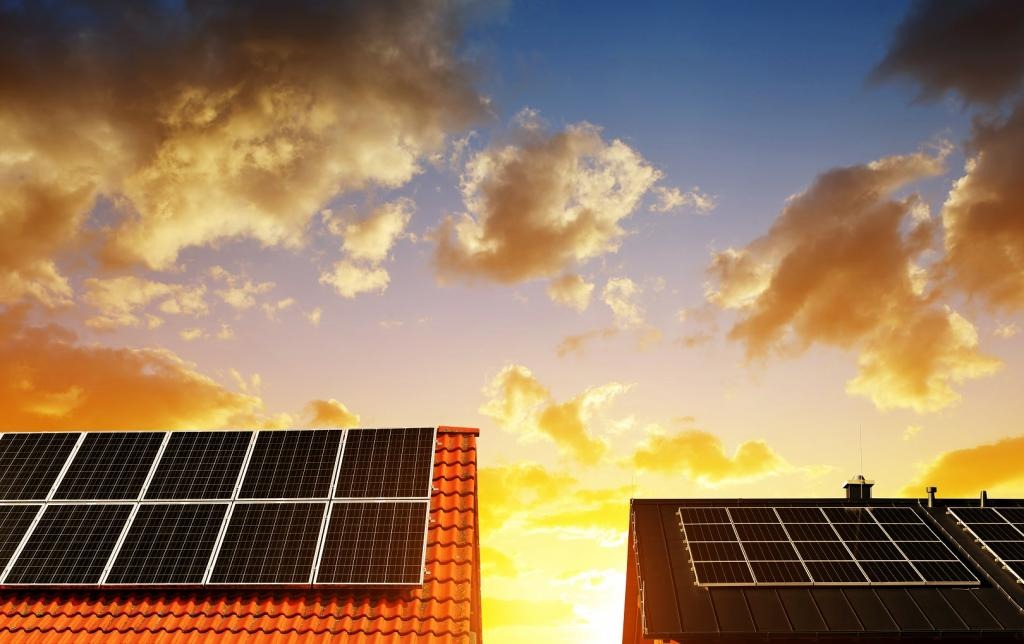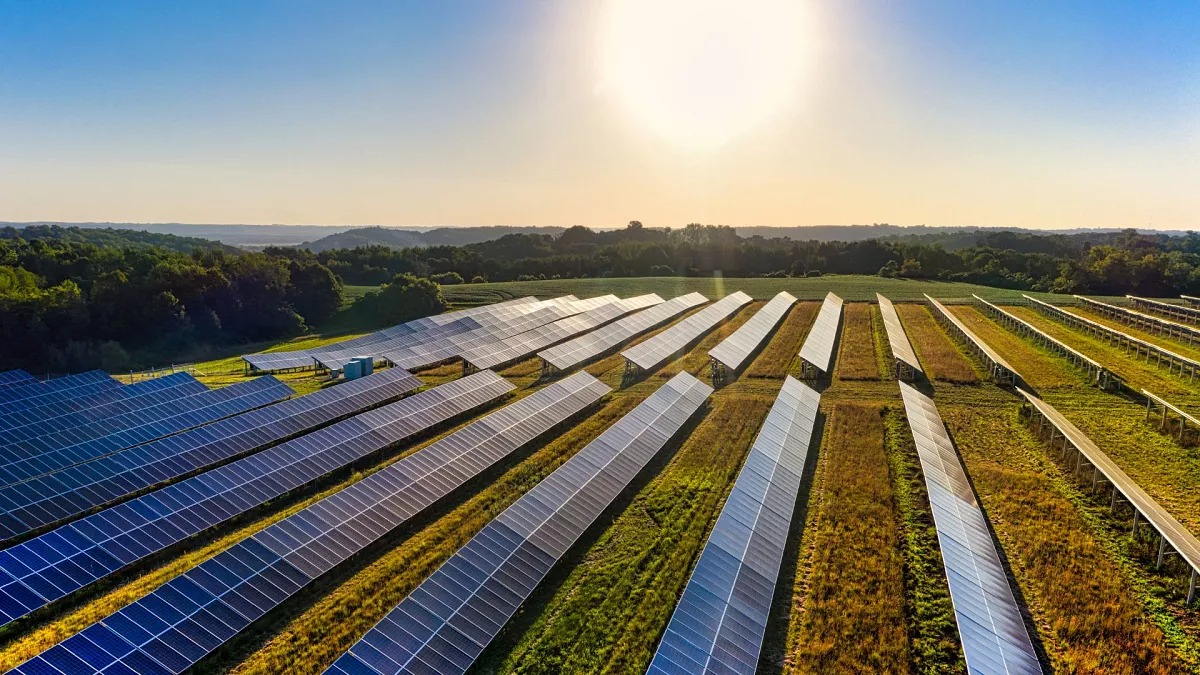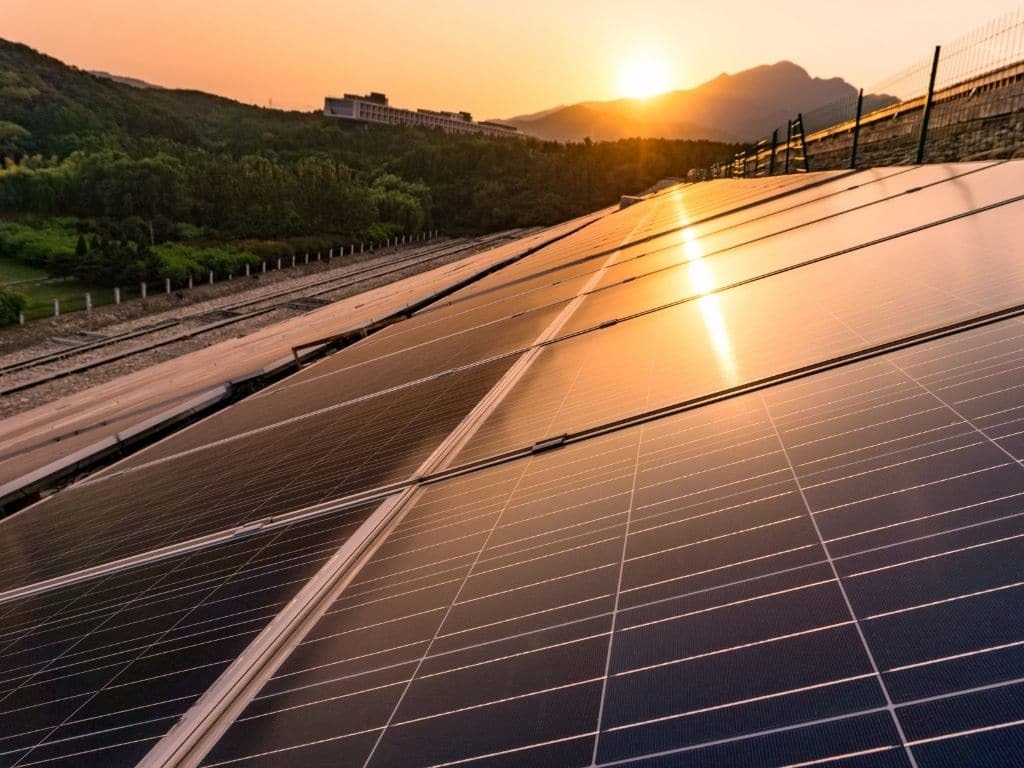Assess Your Home Energy Usage
The first step in accurately determining the solar energy needs of your home is to assess your electricity consumption properly. The importance of this fundamental step is to understand how much electricity you use on a daily, monthly, and annual basis, allowing for the determination of the size and capacity of the solar power system to fit all of your energy uses.
Review Your Monthly Electricity Bills
To learn what months you use the most electricity, I recommend collecting the electricity bills from the last year. On average, U.S. households use 877 kWh per month. The summer months usually entail the highest energy consumption due to air conditioning, whereas in winter, it is heating. Undoubtedly, depending on where and how you live, your specifics might differ. For instance, in Augusta, GA, my consumption is increased by the need to run the air conditioner more. However, it helps to learn what months to expect the most peak times because solar panels’ size and capacity will be designed accordingly.
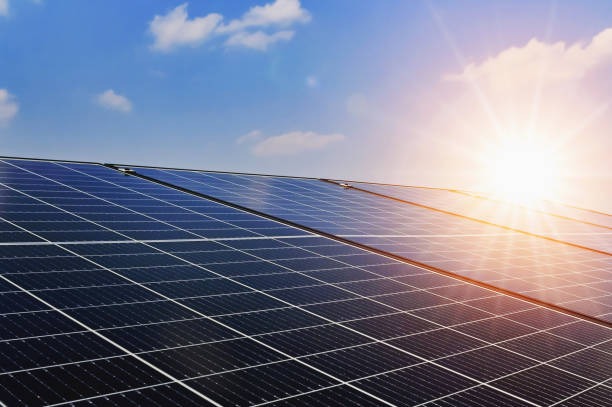
Break Down Your Energy Consumption Daily
Secondly, I would propose to break down the use of energy by all electrical appliances and learn what their power is. For each appliance, I will calculate how much energy per day it uses by multiplying the wattage of the appliance by the number of hours it runs during the day. For example, a common refrigerator is estimated to use approximately 200 watts, and on average, it runs 24/7. Therefore, I will multiply 200W by 24 hours to learn that my fridge consumes about 4.8 kWh per day. Then, I will be able to decide which appliances are the most required and which can be neglected and then replaced by energy-saving ones.
Real-Life
The Johnson family from Austin, Texas discovered that their electricity bills have halved after throwing an old, inefficient air conditioner and installing a high-efficient one. Previously using 1200 kWh of electricity per month in the summer, the upgraded unit now uses only 850 kWh. Undoubtedly, replacing several appliances and systems such as cooking equipment and heating sources made a big difference. However, it is vital for LH Distributors to follow the principle of running the available energy-consuming devices at the same time as the new unit. Underline your different peak times throughout the day. Usually, most energy is spent in the evening hours on lights, and cooking equipment, and heating or air conditioning if on.
Explore Solar Panel Efficiency
Knowing solar panel efficiency helps owners of solar systems harness more from their systems. It refers to the proportion of sunlight that is converted into usable electricity by the solar panel. The best solar panel efficiency ensures that; the homeowner records are more light to electricity transformation from a small area hence vital where there is limited area for solar installation.
Types of Solar Panels
There are three major types of solar panel these are; monocrystalline, polycrystalline and thin-film. While the monocrystalline one is known for the higher efficiency of about 18%-22% this does not mean that it is best for any kind of installation. Mostly the monocrystalline panels are accompanied by the high cost of installation. The second type of panel – polycrystalline has lower efficiency of.15-17% than monocrystalline but cheaper; then the thin film which is perceived to be 10- 13% efficient still lower than the first two but cheap, light and hence applicable in delicate installation.
Factors that influence efficiency
So many factors affect the solar panel including; material quality, construction, and climatic condition. The solar in cooler sunnier areas usually have higher efficiency due to the less impact of a high-temperature effect on the electrical output. Therefore due to its reduced efficiency performance during high temperatures, it is considered not ideal for hotter countries.
Real life Efficiency example
Green Tech Solar has a blueprint in California where they installed high-efficiency monocrystalline solar panels on a commercial building. The energy output of the mini-grid solar system increases, on average, by about 20% compared to an already installed older model of polycrystalline panels that was make battery eternity. The output improvement has shade some light of the importance solar panel efficiency of the hallucination of energy yield.
Measuring Efficiency
One of the considerations in purchasing the solar panel is its efficiency rating. The efficiency rating is usually found at the specification section of the manufacturer’s description. The higher the efficiency rating the fewer these solar panels required to meet the user’s electricity needs. Therefore reducing the initial mounting areas. However, larger areas may mean spacing of the solar panels hence no shading between the lines.
Calculate The Number Of Panels Required
The most practical way to calculate how many solar panels you need in your house is to understand the specific amount of energy you consume and the efficiency of the solar modules you are planning to install. For once, it is important to ensure that the solar system’s size is adequate for your needs in terms of consumption without being excessive. Here are specific steps to follow.
Perform the Energy Analysis
The first step is to understand your total energy usage. I have received the bill, let’s say, for every year. It displays that my house needs 10,000 kWh. If I wish to cover 100% of the consumption with solar power, that would be my target solar output.
Pick the Panel Type
Make a choice of your solar panel type in terms of efficiency. Higher numbers would be more expensive to install, but, on the other hand, they produce more electricity per square foot. Since it is a simulation with a sample size, I select 20%.
Perform The Calculation
To calculate the amount, we simply divide the total requirement of our house by one panel’s kilowatt production in the whole year. In our example, every panel produces 400 kWh per year. Therefore, 10,000 kWh : 400 kWh per panel = 25 panels.
The Smith Family
The Smith family is from Phoenix, AZ, and they were planning to install solar panels on their house as they have concluded from the bills that they consume 12,000 kWh annually. Assuming that they want to use panels that are more efficient and produce 500 kWh each per year, they will need 24 panels in this case. The Smith’s were lucky because they managed to place the solar modules on the south-facing side of their roof, and thus they work more efficiently. To workers benefit, in 10 years, the solar panels of The Smiths have saved around $20,000.
Consider Roof Space and Sun Exposure
The properties of your roof and its exposure to the sun greatly facilitate your assessment when determining whether the selected solar system is appropriate. Consequently, depending on your roof’s material and structure, you can efficiently evaluate and determine your roof’s available solar panel energy. After you have examined these factors, you have assessed and developed a maximum energy production plan for your installed solar panels.
Measuring Your Roof Space
Measure the total area of your roof that could possibly be conducive to the installation of your solar panel. Second, please concentrate on the skylight, chimney, vent, or other features of your roof since these would probably reduce the available sunroof space. If your panes are usable and have a 500 square foot area, plan the layout of the panel so that it matches this space.
Evaluating Your Roof’s Sunlight Exposure
Check the inclination of your roof because the maximum advantage of transporting the sun is the south ground. Your roof angle must also be examined because the optimal angle at which your solar panels should be oriented varies depending on your location. The difference is in the ten and forty-five-degree range.
Evaluating Shading
In your location, estimate any shading that you think would be problematic by considering trees, structure, and any other phenomenon nearby. Furthermore, never forget that even if a little shade seems harmless, anything less than 100% of the sunlight can extremely reduce energy efficiency. Since the shading analysis is tough to predict completely accurately, you should utilize solar pathfinder software and Shading analysis. One of the evaluation examples above is Jonson Home Evaluation, wherein, trimming the pine tree branches was taken into account even though it had to slightly adjust the rooftop panel layout. In addition, seasonal changes are significant, and the number of hours of sunlight is changing. For example, winter generates about 20-30% half of the clemency’s summer peak. Yes, one idea is adjusting the season’s panel slope or placing additional panels every season.
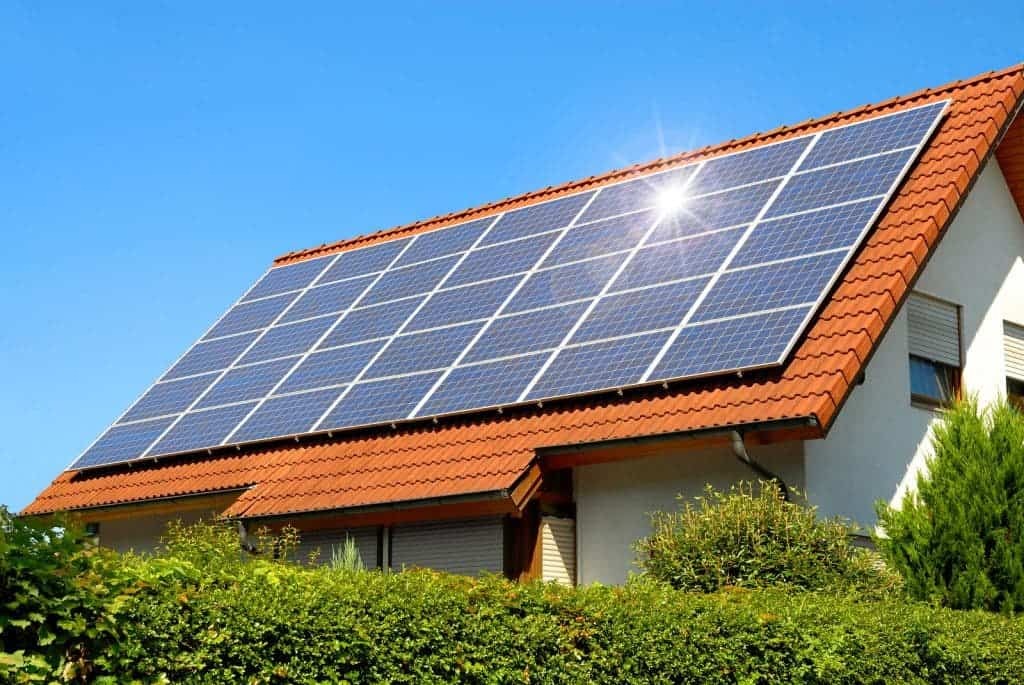
Evaluate Costs and Savings
When people are planning to install solar panels, they should calculate both the initial investment and the advance on electricity bills that they will not need to pay in the future. This evaluation is crucial to understand the profitable background of the installation of solar technology.
Initial cost
At first glance, it is essential to determine the cost are the solar panels, inverter, mounting hardware, and installation labor. The average cost of the solar panels in the U.S. can be estimated as between $15,000 and $25,000 . The price policy of solar technology development depends on the efficiency of the devices in converting sunlight into electricity and the power capacity of the technology. I should say that solar panels intended for residential application have such expenses.
Government support
At the next point, it is essential to know the amounts of local, state, and federal tax credits and incentives that will reduce the solar technology costs. In most regions, people are encouraged to install solar technology by tax credits, rebates on purchases, and other incentives. For example, by investing in the Jones family’s solar system, you may receive 26% of the installation sums deducted from the federal taxes .
Savings over initial cost
For calculation, this sum is supposed to be equivalent to our typical costs of more than $200 per month for the electricity on average in Oregon. However, it is mandatory to calculate the sum to understand how much money we may save in comparison to electricity bills. The represented solar system produces electricity every month, almost equal to the amount of kWh that we consume. In total, it is equivalent to the solar system saving us $2,400 that we spend on electricity annually.
Payback period
The payback period is the term during which the investment will return the total sums that were claimed during installation. It is critical to possess this data since it helps to evaluate the cost-effectiveness of my own solar panels. Thus, if the sum of the solar system was $20,000, and we were able to save $2,400 each year, we should recalculate the period, and it is about 8.3 years.
Real-life
The Carter family in Orlando, Florida, bought a solar system for $18,000, gain additional battery storage that costs $8,000 without accounting for $6,000 aid per KW of the solar inverter. Much later, in 2021, our new formed administrative staff from Florida visited this family, recorded that their electricity bills reach $150 per month, and result from their new solar system. In their case, the annual investment will be paid back in less than ten years. Thus, the family’s solar system saves them $1,800 every year. At last, these people receive an opportunity of ensuring environmental sustainability.

